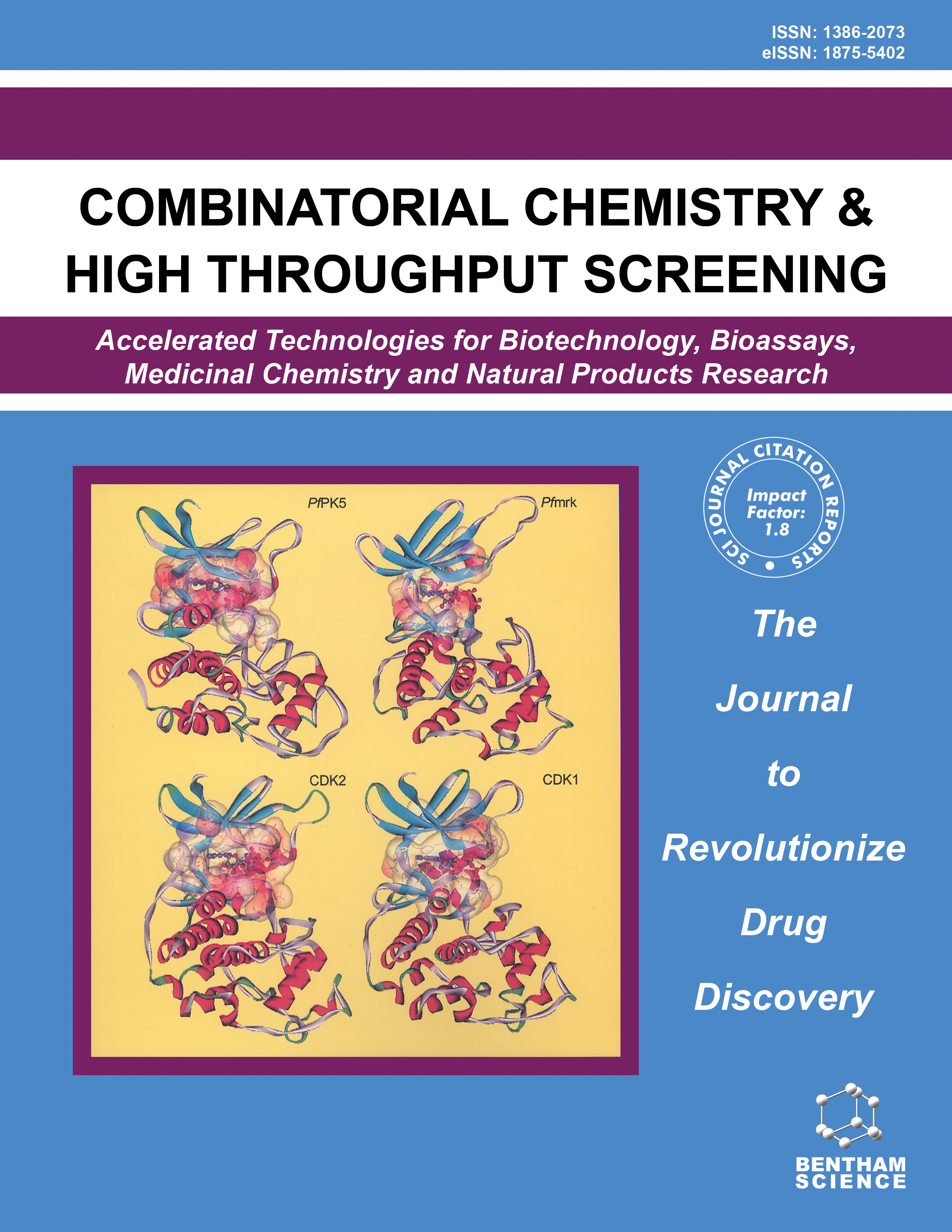-
oa The Design and Application of Target-Focused Compound Libraries
- Source: Combinatorial Chemistry & High Throughput Screening, Volume 14, Issue 6, Jul 2011, p. 521 - 531
-
- 01 Jul 2011
Abstract
Target-focused compound libraries are collections of compounds which are designed to interact with an individual protein target or, frequently, a family of related targets (such as kinases, voltage-gated ion channels, serine/cysteine proteases). They are used for screening against therapeutic targets in order to find hit compounds that might be further developed into drugs. The design of such libraries generally utilizes structural information about the target or family of interest. In the absence of such structural information, a chemogenomic model that incorporates sequence and mutagenesis data to predict the properties of the binding site can be employed. A third option, usually pursued when no structural data are available, utilizes knowledge of the ligands of the target from which focused libraries can be developed via scaffold hopping. Consequently, the methods used for the design of target-focused libraries vary according to the quantity and quality of structural or ligand data that is available for each target family. This article describes examples of each of these design approaches and illustrates them with case studies, which highlight some of the issues and successes observed when screening target-focused libraries.


